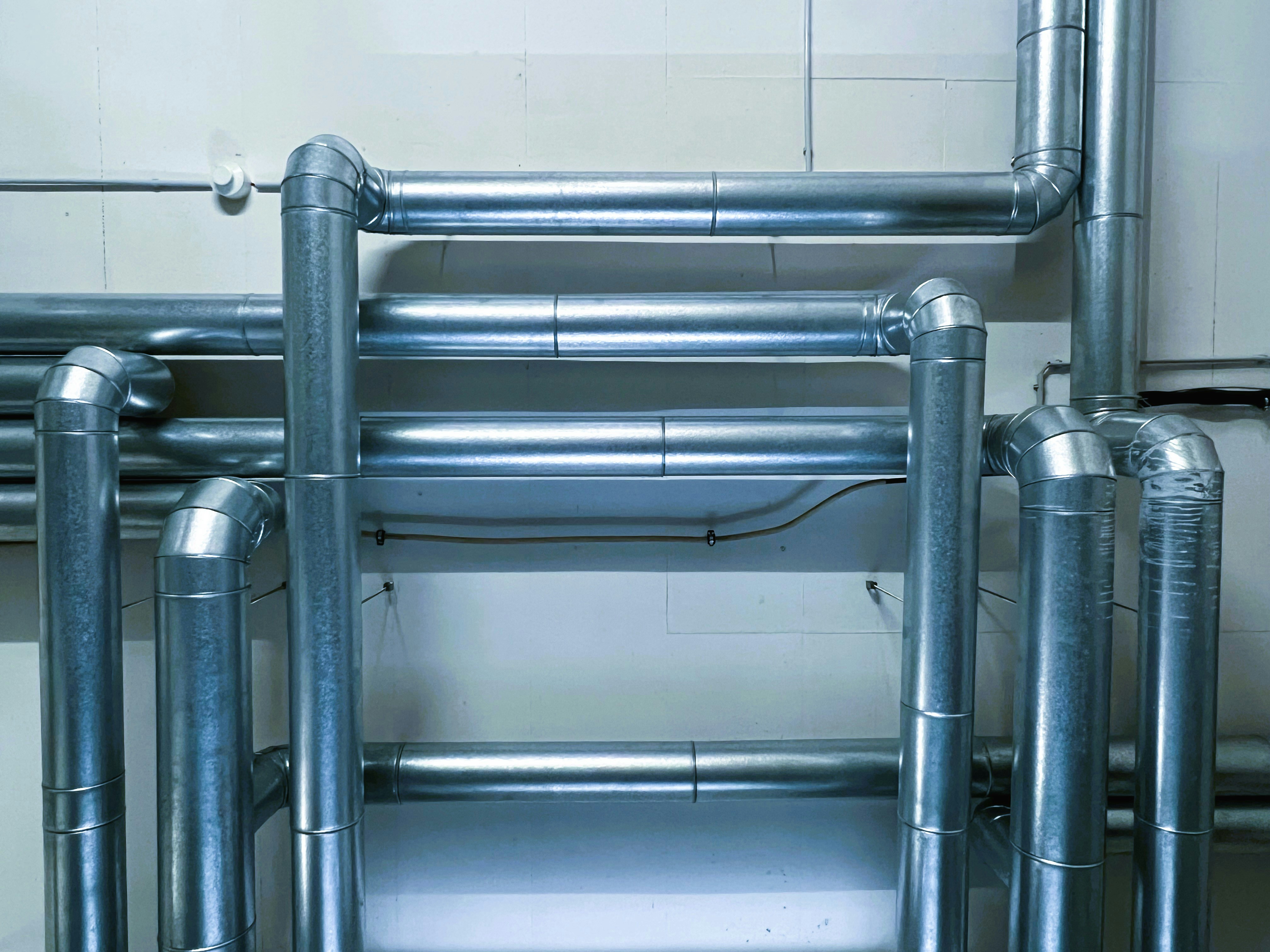
What is Powerflushing?
A Comprehensive Guide
15 Apr 2023
Powerflushing is a process that cleanses your central heating system, improving its efficiency and longevity. Over time, sludge, rust, and other debris can accumulate in your radiators and pipes, leading to blockages and reduced performance. Here’s everything you need to know about powerflushing.
What is Powerflushing?
Powerflushing involves using a powerful pump to circulate a high-flow, low-pressure mixture of water and cleaning chemicals through your central heating system. This process dislodges and removes sludge, rust, and debris, restoring your system’s efficiency.
Benefits of Powerflushing
1. Improved Efficiency: Removing sludge and debris allows hot water to circulate freely, improving your heating system’s efficiency and reducing energy bills.
2. Extended Boiler Life: A clean system puts less strain on your boiler, reducing the risk of breakdowns and extending its lifespan.
3. Enhanced Heat Distribution: Powerflushing ensures even heat distribution across all radiators, eliminating cold spots and improving comfort.
4. Reduced Noise: Airlocks and blockages can cause noisy boilers and radiators. Powerflushing reduces these issues, leading to quieter operation.
5. Preventative Maintenance: Regular powerflushing can prevent serious problems, saving you money on repairs and replacements in the long run.
When Should You Consider Powerflushing?
1. Cold Radiators: If some radiators are cold while others are hot, it indicates blockages that powerflushing can resolve.
2. Noisy System: Banging, gurgling, or hissing noises from your boiler or radiators suggest a build-up of debris.
3. Frequent Boiler Breakdowns: If your boiler is constantly breaking down, sludge in the system could be causing the issues.
4. Poor Heat Distribution: Uneven heat distribution across radiators indicates circulation problems that powerflushing can fix.
5. System Age: Older systems, particularly those over 10 years old, can benefit from powerflushing to maintain performance.
The Powerflushing Process
1. Initial Assessment: A heating engineer will assess your system, checking for signs of blockages and determining the need for powerflushing.
2. Setup: The engineer will connect a powerflushing machine to your heating system, typically at the pump or a radiator valve.
3. Flushing: The machine circulates water and cleaning chemicals through the system at high flow, dislodging sludge and debris.
4. Cleaning: The mixture is periodically drained and replaced with clean water until the system is clear.
5. Inhibitor Addition: A chemical inhibitor is added to the system to prevent future corrosion and sludge build-up.
6. Final Check: The engineer will test the system to ensure it’s operating efficiently and evenly.
Conclusion
Powerflushing is an essential maintenance procedure for maintaining your central heating system’s efficiency and longevity. By removing sludge and debris, powerflushing improves heat distribution, reduces noise, and prevents costly breakdowns. Consider scheduling a powerflush if you notice any signs of blockages or poor performance in your heating system.

